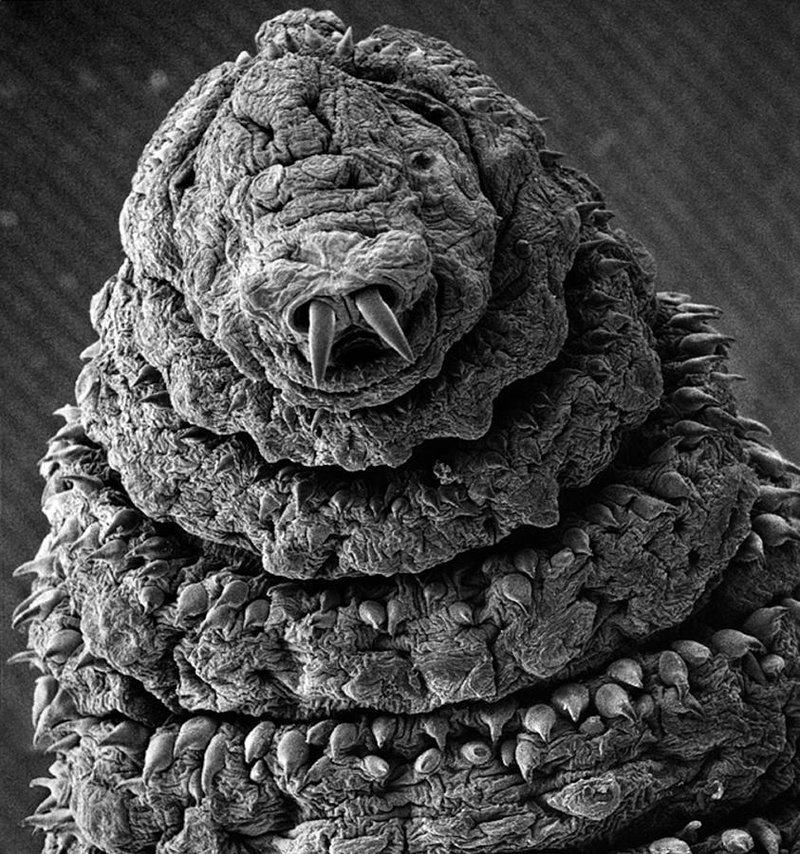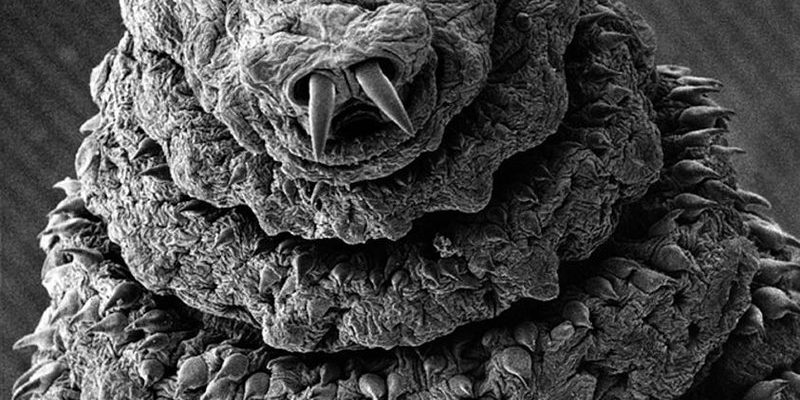
Let’s think of botflies as nature’s oddball. Just like the quirky uncle at family gatherings, they might provoke a few raised eyebrows, but they’ve got an interesting role in the ecosystem. Among these peculiarities, botfly larvae are often studied to understand their ecological functions and interactions. Their relationships with hosts and the environment can provide valuable insights into the complexities of nature.
So, grab a cozy cup of coffee, and let’s dive deeper into the world of botfly larvae and what makes them tick in our ecosystems.
What Are Botflies?
Botflies are fascinating insects that belong to the family Oestridae. They are primarily known for their unique lifecycle, which includes a stage where the larvae develop inside the bodies of mammals. Here’s the interesting part: botflies lay their eggs on a host, often mammals like cattle, horses, or even humans. Once the eggs hatch, the larvae burrow into the host’s skin and continue to grow there.
You might be wondering, why do they choose this unusual method of development? Well, the larvae find a nice, warm environment to grow in, and their host unknowingly provides protection and nutrition. It’s almost like an unexpected Airbnb situation—just not quite as cozy.
In the wild, there are several different types of botflies, but their roles in the ecosystem can vary widely. Some are more specialized, while others can infect a range of hosts. Researchers focus on these differences to understand not just the botflies themselves but their overall impact on wildlife and livestock populations.
The Lifecycle of Botfly Larvae
The lifecycle of botfly larvae is one of nature’s little wonders. It starts when a female botfly lays her eggs on a host animal. You might picture her as a bit of a sneaky spy, carefully placing her eggs where they can thrive. Once the host animal comes into contact with the eggs, like when they’re grooming themselves, the eggs hatch, and the larvae make their way into the host skin.
This stage is where things get a bit wacky. The larvae live inside the host’s body for several weeks, feeding off the tissues and fluids. It’s as if they’re having an extended stay in the host’s body, enjoying a buffet without the host even knowing. Eventually, the larvae mature and will emerge from the host, ready to continue the cycle. It’s a real “survival of the fittest” situation.
The lifecycle of botflies is crucial for researchers studying these insects. By monitoring how these larvae develop, scientists can gather information about host responses and the overall health of ecosystems.
Ecosystem Roles of Botfly Larvae
Now, let’s get into the meat of the matter—what exactly do botfly larvae do in their ecosystems? While they might seem like just parasites, they have several roles that can impact both their hosts and the environment.
For one, they help in population control. By infesting certain animal species, they can influence the health and numbers of those populations. For instance, when a herd of cattle has a high botfly infestation, it can lead to weakened animals that may struggle to thrive. This might sound cruel, but it’s nature’s way of maintaining balance.
Additionally, botfly larvae provide a unique perspective on wildlife health. If researchers notice a spike in botfly infestations, it could indicate stress within the animal populations. Stress factors might include environmental changes or disease outbreaks, making botflies indicators of ecological changes and issues.
Botfly Larvae and Host Interactions
Host interactions with botfly larvae are a complex relationship of give and take. On one hand, botflies rely on their hosts for survival; on the other hand, the hosts often suffer from various consequences of these infestations. The larvae feed on the host’s tissues, which can lead to infections and other health problems.
In response, many animals have developed adaptive behaviors to reduce the risks of infestation. For instance, grooming habits can help remove eggs and protect against botfly larvae. This behavior shows how host animals have evolved to combat these infections over time.
Research also suggests that some hosts might even develop immunities to certain botfly species. This creates a fascinating dynamic where each side is trying to outsmart the other. The study of these interactions not only helps us understand the ecology of botflies but also provides insights into broader ecological principles, like co-evolution.
Research Studies and Findings
Numerous studies have been conducted to understand the effects of botfly larvae on various ecosystems. For example, one study focused on the impact of botfly infestations on livestock health. Researchers found that heavy infestations significantly increased the stress levels in animals, leading to lower productivity in farms.
Another compelling area of study examines the role of botflies in wild animal populations. Studies have shown that specific host species, like certain deer, are more susceptible to botfly infestations, which can affect their population dynamics. In these cases, researchers analyze how these infestations might impact predator-prey relationships, linking the presence of botflies to wider ecological shifts.
What’s really interesting is how botflies might even serve as a key factor in biodiversity. By keeping certain populations in check, they help maintain a balanced ecosystem that allows for multiple species to coexist. Research continues to shed light on these relationships, creating a more in-depth understanding of how every component of an ecosystem interacts.
Conservation Implications
Given their unique role in ecosystems, understanding botfly larvae can have important conservation implications. When researchers spotlight the interaction between botflies and their hosts, they uncover potential threats to biodiversity. For instance, if a particular species is vulnerable to botfly infestations, it could be a signal that it’s time to look at the larger ecological picture.
Conservationists are particularly interested in how environmental changes, like habitat loss, might affect botfly populations and their host species. If certain hosts decline due to habitat destruction, it could lead to a boom in botfly populations, further stressing the remaining hosts. This is a ripple effect that could disrupt entire ecosystems.
By studying botfly larvae, scientists aim to create more informed conservation strategies that take these interactions into account. Their presence might just be a small piece of the ecological puzzle, but understanding them can lead to significant insights for protecting wildlife and their habitats.
Botflies and their larvae may not be the cuddliest creatures in the wild, but they certainly play crucial roles in ecosystems around the world. From the intricate lifecycle to their complex relationships with hosts, there’s so much to learn about these fascinating insects.
Research studies illuminate not just the life of botflies but also larger ecological themes, like population dynamics and biodiversity. As we continue to study them, we unravel mysteries that might help us preserve our natural world. So, next time you hear about botflies, remember—they’re more than just creepy critters; they’re a vital part of nature’s intricate web.

